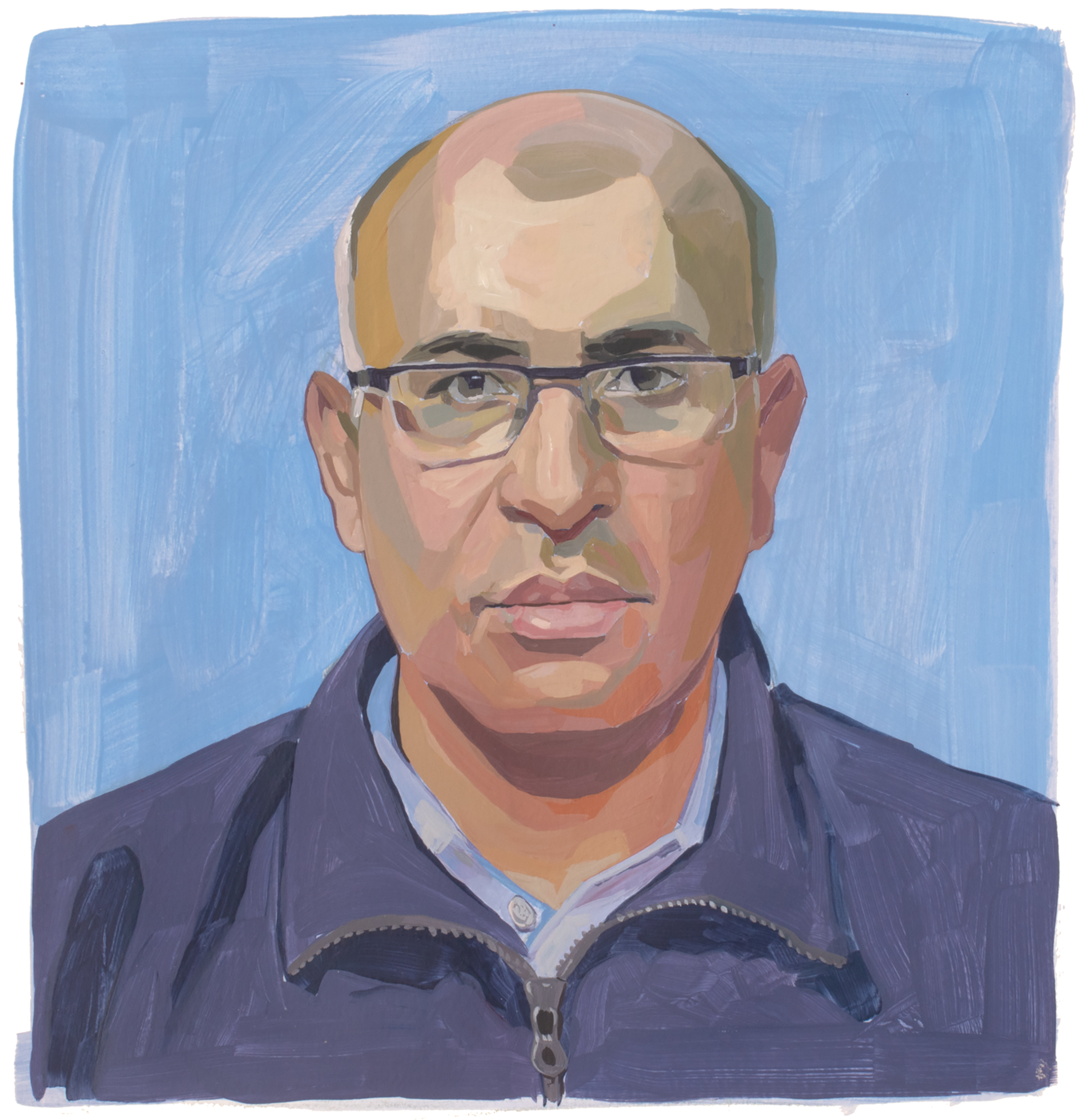In the 1960s, Dr. Jerry Mendell saw his first patient with Duchenne muscular dystrophy. More than half a century later, he developed the first treatment that holds back the disease. People with Duchenne are born with a mutation in the dystrophin gene, which makes a protein that’s essential for maintaining healthy muscle. Symptoms typically begin when children are 3 to 6 years old, and get progressively worse, ultimately leading to breathing problems and heart issues as well as the loss of muscle control. While using gene therapy to replace the abnormal gene is the best solution, finding a way to deliver a healthy copy was challenging. Dystrophin is among the largest genes in the body, making it difficult to transport into cells. Mendell studied a related muscle disorder in which people with slightly different mutations in dystrophin were able to maintain healthy muscle and a relatively normal life, then teamed up with Sarepta Therapeutics to find a way to deliver the critical parts of that gene to patients with Duchenne—ultimately coming up with the gene therapy that the U.S. Food and Drug Administration approved in June 2023. The first young boys treated with the therapy are producing healthier copies of dystrophin, and have not experienced muscle weakness or the other major symptoms of the disease. “We’re not done by any means with perfecting the gene therapy,” says Mendell, who is a senior adviser in the Center for Gene Therapy at Nationwide Children’s Hospital. “This is the opening event, a pioneering event.”
More Must-Reads from TIME
- Breaking Down the 2024 Election Calendar
- How Nayib Bukele’s ‘Iron Fist’ Has Transformed El Salvador
- What if Ultra-Processed Foods Aren’t as Bad as You Think?
- How Ukraine Beat Russia in the Battle of the Black Sea
- Long COVID Looks Different in Kids
- How Project 2025 Would Jeopardize Americans’ Health
- What a $129 Frying Pan Says About America’s Eating Habits
- The 32 Most Anticipated Books of Fall 2024
Contact us at letters@time.com





